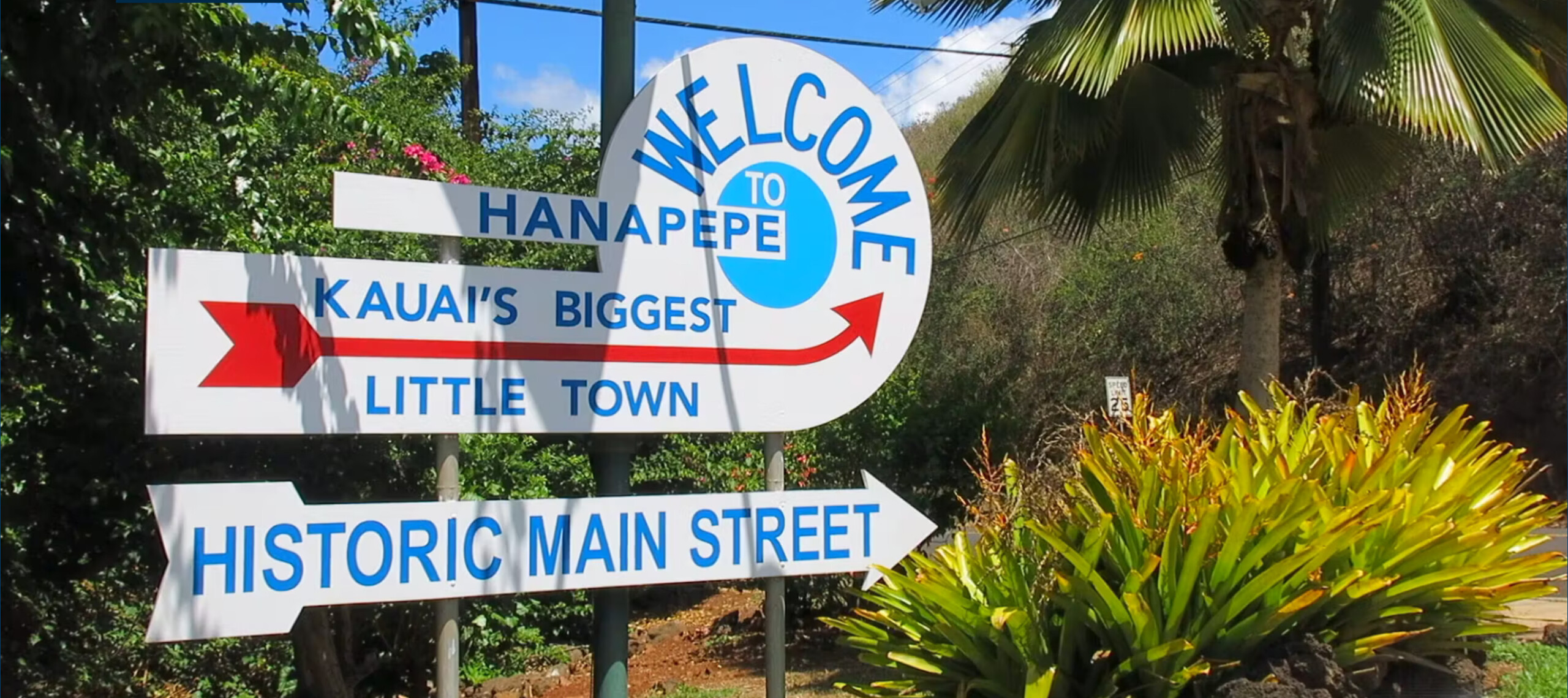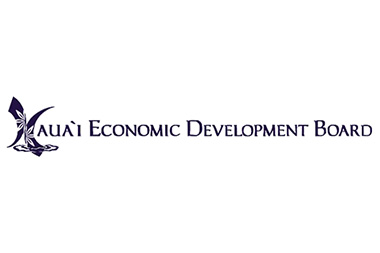By Tommy Noyes

This was the view from the Mayor’s Office in Lihu‘e’s Historic County Building 25 years ago as Hurricane ‘Iniki ripped across Kaua‘i. Make time now to prepare because soon we might face another comparably destructive event.
As many of us vividly remember, on Sept. 11, 1992 the strongest and most destructive hurricane to hit the Hawaiian Islands made landfall on Kaua‘i. Hurricane ‘Iniki slammed into the South Shore and the eye of the storm crossed the island, causing an estimated $1.8 billion in damage and killing at least two people.
A generation has passed since Hurricane ‘Iniki battered our island. If you were on Kauai 25 years ago, your life was drastically disrupted as we endured and recovered from that fierce storm. Today more than a third of our island’s population is under the age of 25. They had not been born when ‘Iniki rolled over us, and they are probably too young to remember the years we struggled rebuilding our homes, businesses, and communities.
Today, we track hurricanes as they enter the central Pacific, and from time to time we are alerted of earthquakes that have the potential to generate tsunamis. Those are the two major threats we face from Mother Nature. It’s only a matter of time until one or the other impacts our lives again.
What can you as a responsible member of the community do before things go sideways?
First, take the Hawai‘i State Department of Health’s advice seriously. After a disaster, emergency responders will be hard at work assisting the public, and you may need to survive on your own for quite a while after the event.
There are many things you can do to prepare before disaster strikes, and one of them is prepare an emergency kit. Think about all the people who you care about and the things you and they will need to get through the day. Those are the things you will need to prepare and stock up on for your emergency “go-kit.” To ensure you have enough food, water and other supplies for yourself and your family, plan out what you need for at least 14 days. The Department of Health’s “Take 10” plan will guide you.
Second, get involved. I recommend seeking out, joining, and/or supporting the many organizations that coordinate preparation and recovery efforts. Organizations operating locally include the American Red Cross, the Kaua‘i Medical Reserve Corps, Community Emergency Response Team (CERT), Volunteer Organizations Active in a Disaster (VOAD), the Kaua‘i Amateur Radio Operators Club, and the Kaua‘i Humane Society.
Third, physically fit people will require less medical attention following an event and be more capable to assist in recovery efforts, so pay attention to your doctor if you are advised to get more exercise or alter your eating habits to improve your stamina.
Feel free to contact me at (808) 639-1018 or news@kauaipath.org to discuss any of these recommendations.
Our ability to recover following a disaster is termed “resiliency.” When we are well prepared, have strong recovery organizations, and are physically and mentally fit, we’re a more resilient community that will spring back from a disruptive event in the minimum amount of time and with the least dependence on outside support.
- Tommy Noyes is Kaua‘i Path’s executive director, a League of American Bicyclists Certified Instructor and active with the Kaua‘i Medical Reserve Corps.
Discover more from ForKauaiOnline
Subscribe to get the latest posts sent to your email.





Leave a Reply